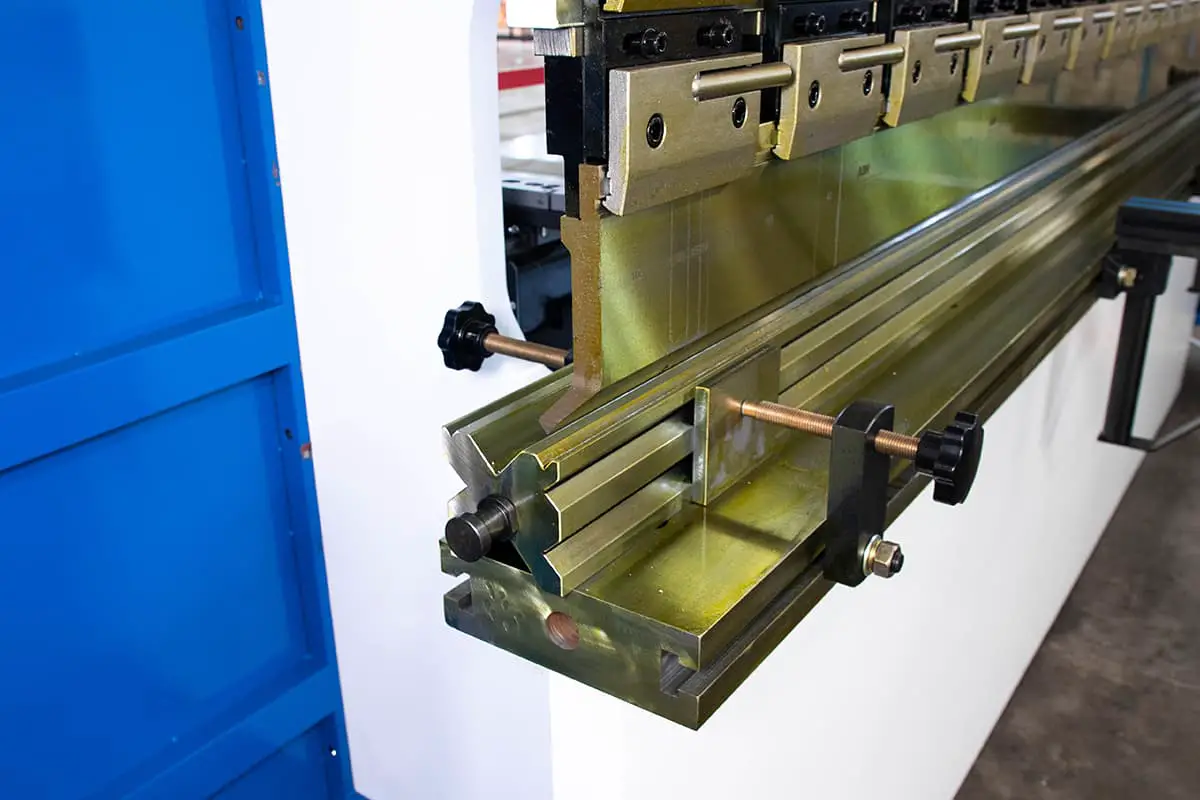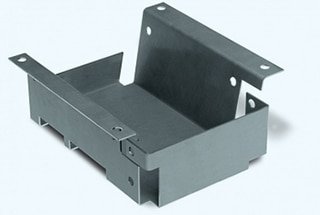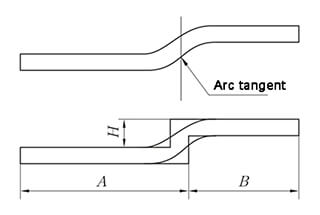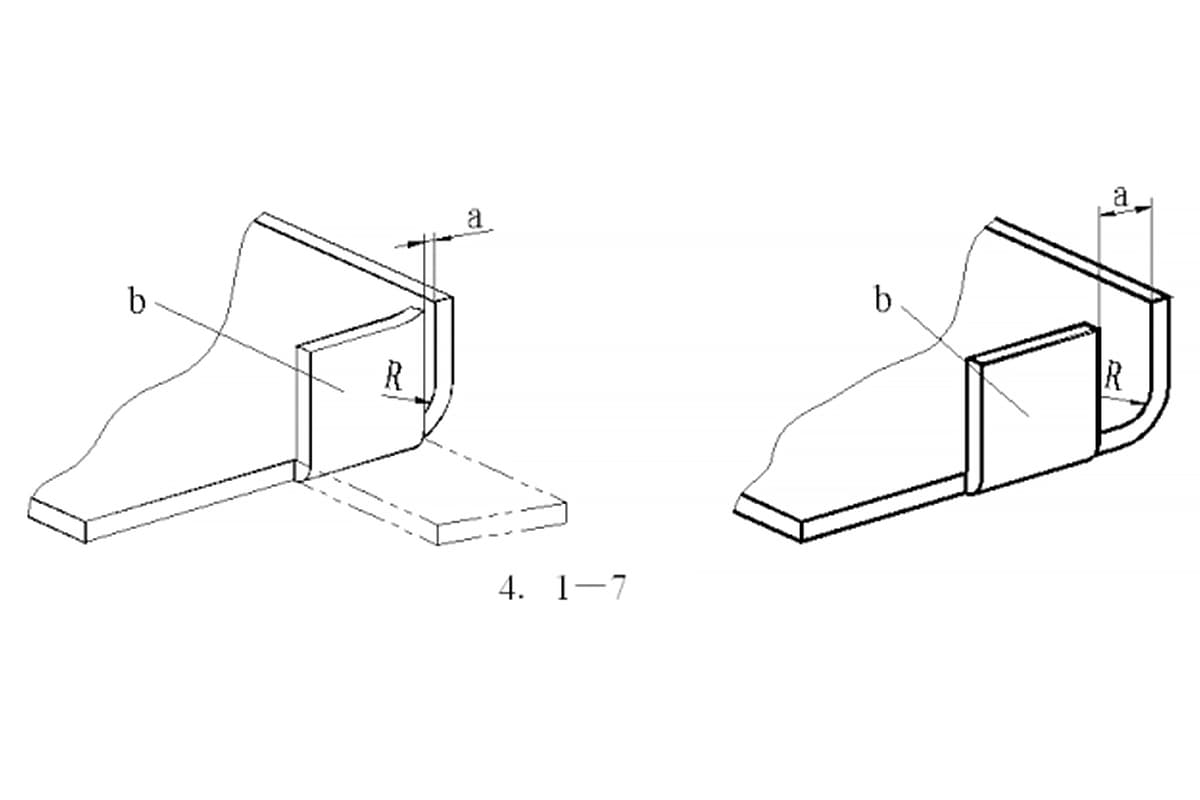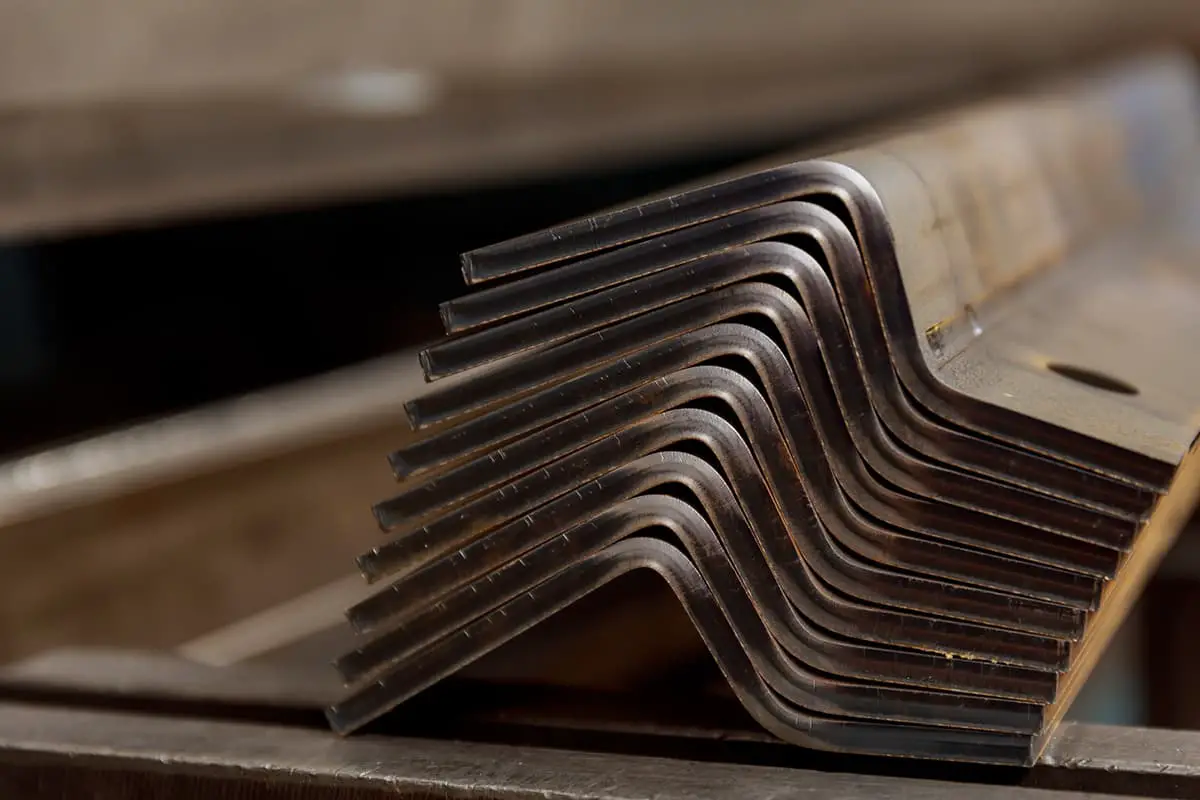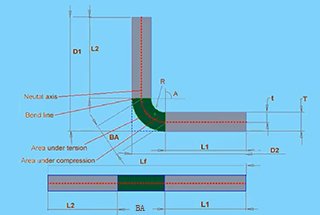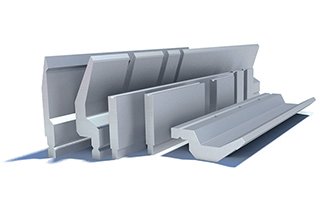
Ever wondered how precision in metalworking is achieved? The offset punch and die method is a key technique that allows for precise adjustments in offsets, essential for creating specific metal shapes. This article explains the components, patterns, and methods for using and adjusting these tools. By reading, you’ll gain a clear understanding of how to effectively utilize and fine-tune offset punch and die equipment for your metalworking projects.
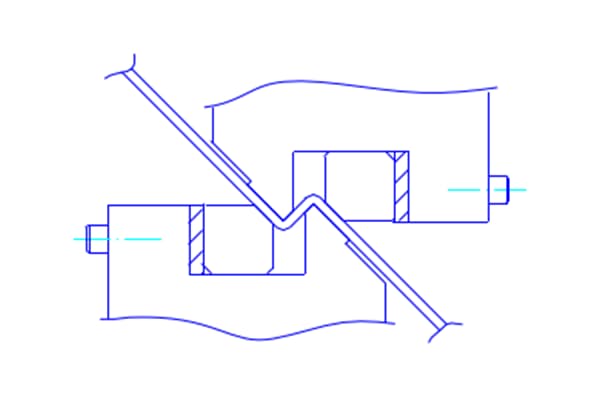
This product, shown in Figure below, consists of a mold body and a cushion, which can create increases and decreases in offsets, and perform segment folding by decreasing forward.

The cushion of the main component is fixed with bolts, and the thickness of the cushion can be changed, or the angles of the cushion can be changed, and the offset will change.
The maximum plate thickness applicable is SPCC-2.3t.
The range of offsets that can be produced is H=1~10MM.

2.1) The offset of the mold is determined by the assembly of the cushion and the angle of the component. For information on the offset of the mold, the assembly of the cushion, and the bevel amount of the component, refer to Table 1.
| Component | Shim Bevel | 0 | 1.4 | 2.9 | 4.3 | 4.9 | 7.8 | 9.2 |
| 0.5 | 6.72 | 5.92 | 5.06 | 4.26 | 3.91 | 2.25 | 1.14 | |
| 1.0 | 7.15 | 6.33 | 5.47 | 4.66 | 4.32 | 2.66 | 1.85 | |
| 2.0 | 7.95 | 7.15 | 6.28 | 5.48 | 5.14 | 3.48 | 2.67 | |
| 4.0 | 9.58 | 8.79 | 7.93 | 7.12 | 6.78 | 5.11 | 4.31 |
Formula to calculate the offset height:
Offset height = {11.0-(shim thickness)}×0.574 + (bevel amount)×0.819
However, the offset of the product is equal to the offset of the mold. The exact amount of the offset of the mold for the product is confirmed through trial folding of each product, with both correct and erroneous results.
2.2) If the offset H is small, the angle θ will increase.
2.3) The bending radius R is generally less than or equal to R2. If the offset H is small, the R angle will also decrease.
2.4) The cushion is classified as a third class accessory, with 2 pieces each for 1.4t, 2.9t, and 4.9t, and combined with the bevel component.
1)First, install the upper mold; after placing the lower mold on the lower mold installation seat, adjust it using the adjustment pin.
2)If the offset is relatively small (around H=1~2mm), the mold can also be calibrated directly by matching the upper and lower molds.
3)Adjustment method for the scale of the adjustment pin:

(1) When adjusting dimension A, the offset may vary due to differences in plate thickness or bending shape, and cannot be generalized. This is just a rough adjustment range: A = V/3 + 0.245t;
(2) Measure the vertical distance between points a and b, and the vertical distance between the two ends of the mold should be equal.

4)Precautions for Using the Adjustment Pin Tool:
4)-1 First, combine the bevel and shim according to the height of the offset and install the upper and lower molds, but do not fix the lower mold first.
4)-2 The adjustment of the adjustment pin fixture should be consistent with (0.245t) and the corresponding plate thickness. After adjusting to the corresponding scale, all screws should be tightened.
4)-3 As shown in the figure below, place two symmetrical adjustment pin fixtures on the lower mold, align them with the upper mold, and press down to about 1ton or less. After fixing the lower mold, remove the fixture.
4)-4 The dimension A shown in the above figure may change theoretically due to the offset and plate thickness. Because this fixture automatically sets the offset, only the plate thickness can be adjusted according to A = 0.245t. There are theoretical data and actual trial bending, and the best angle should be taken (especially for bending with different plate thickness or blunt angle bending, etc.).
Warning: Do not use more than the specified compression resistance of the mold;
If any damage to the mold is found, stop using it immediately.
The mold should be installed strictly according to the operating procedures.

